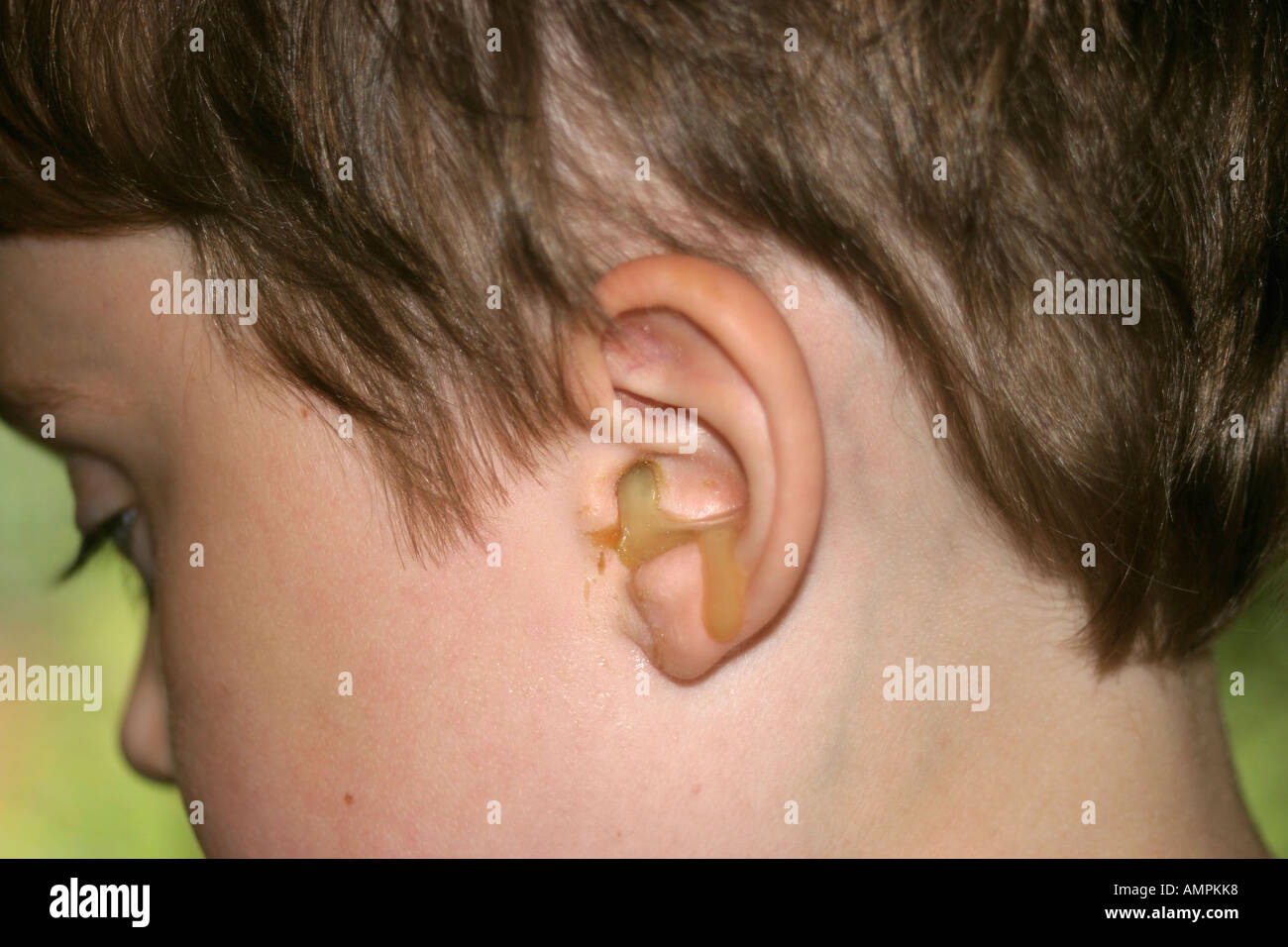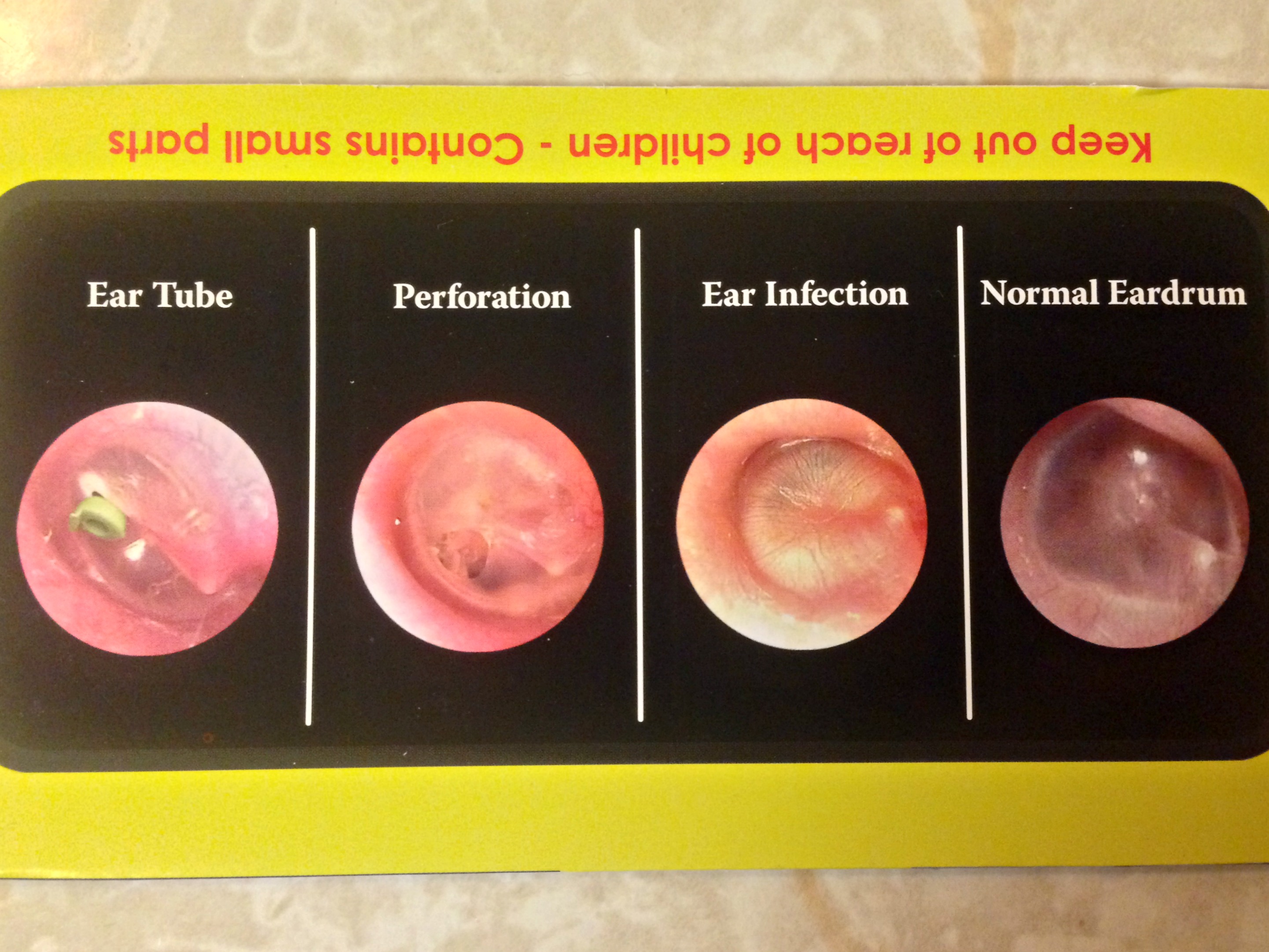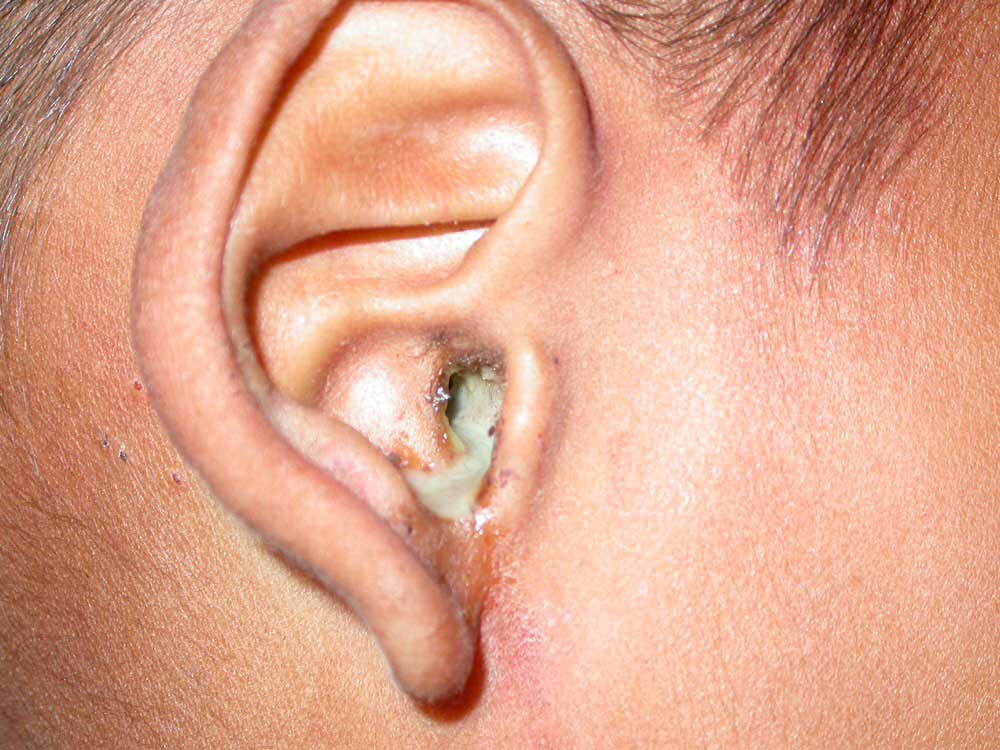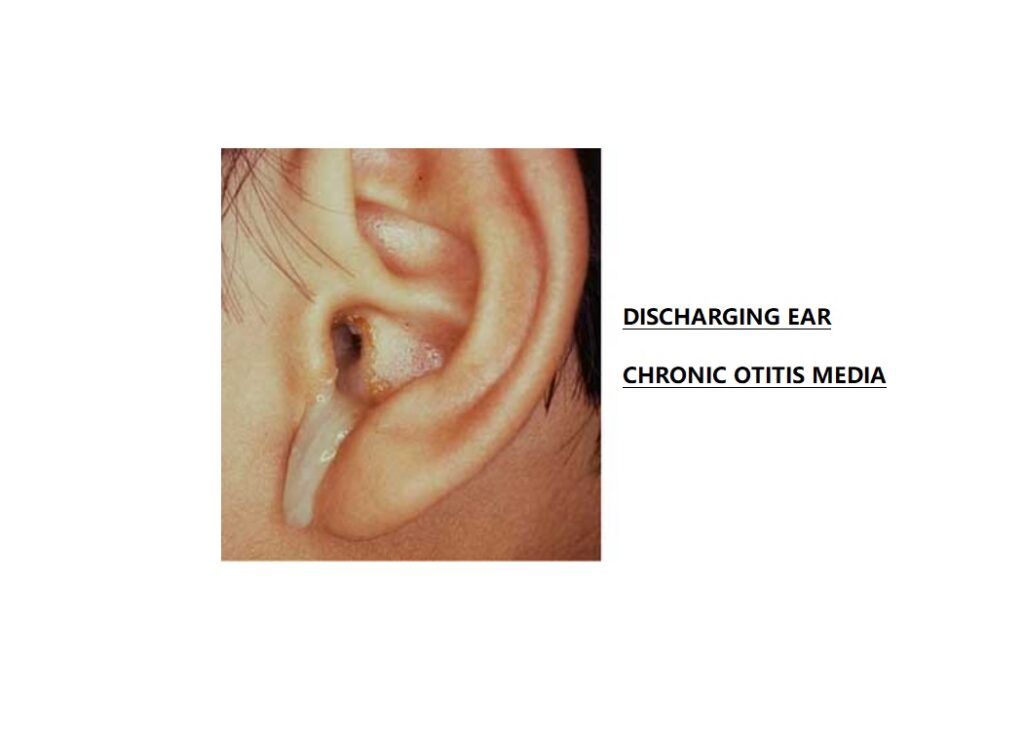Ear Infection With Green Discharge
Ear Infection With Green Discharge - For example, a yellow or greenish discharge is often indicative of a bacterial infection, while a clear or watery discharge may. Green or yellow discharge may indicate a bacterial infection, while bloody discharge can be a sign of a ruptured eardrum. Bacterial or viral infections can lead to inflammation and fluid buildup in the middle ear, resulting in discharge. Most commonly, otorrhea is the result of a ruptured eardrum from an ear infection. When there’s a hole in your eardrum, the fluid in.
Bacterial or viral infections can lead to inflammation and fluid buildup in the middle ear, resulting in discharge. Most commonly, otorrhea is the result of a ruptured eardrum from an ear infection. Green or yellow discharge may indicate a bacterial infection, while bloody discharge can be a sign of a ruptured eardrum. For example, a yellow or greenish discharge is often indicative of a bacterial infection, while a clear or watery discharge may. When there’s a hole in your eardrum, the fluid in.
Most commonly, otorrhea is the result of a ruptured eardrum from an ear infection. Green or yellow discharge may indicate a bacterial infection, while bloody discharge can be a sign of a ruptured eardrum. For example, a yellow or greenish discharge is often indicative of a bacterial infection, while a clear or watery discharge may. When there’s a hole in your eardrum, the fluid in. Bacterial or viral infections can lead to inflammation and fluid buildup in the middle ear, resulting in discharge.
Pus in Ear Condition, Signs, Treatment, and More HealthPulls
Most commonly, otorrhea is the result of a ruptured eardrum from an ear infection. For example, a yellow or greenish discharge is often indicative of a bacterial infection, while a clear or watery discharge may. When there’s a hole in your eardrum, the fluid in. Green or yellow discharge may indicate a bacterial infection, while bloody discharge can be a.
Staphylococcus Aureus Infection Symptoms
Green or yellow discharge may indicate a bacterial infection, while bloody discharge can be a sign of a ruptured eardrum. For example, a yellow or greenish discharge is often indicative of a bacterial infection, while a clear or watery discharge may. Most commonly, otorrhea is the result of a ruptured eardrum from an ear infection. When there’s a hole in.
Ear Discharge Strong Causes And Prevention HealthPulls
Green or yellow discharge may indicate a bacterial infection, while bloody discharge can be a sign of a ruptured eardrum. Most commonly, otorrhea is the result of a ruptured eardrum from an ear infection. When there’s a hole in your eardrum, the fluid in. Bacterial or viral infections can lead to inflammation and fluid buildup in the middle ear, resulting.
Ear Infection (Middle Ear) Causes, Symptoms, Diagnosis and Treatment
When there’s a hole in your eardrum, the fluid in. For example, a yellow or greenish discharge is often indicative of a bacterial infection, while a clear or watery discharge may. Bacterial or viral infections can lead to inflammation and fluid buildup in the middle ear, resulting in discharge. Most commonly, otorrhea is the result of a ruptured eardrum from.
Acute Ear Infection / Ear Discharge Causes FAQs
Green or yellow discharge may indicate a bacterial infection, while bloody discharge can be a sign of a ruptured eardrum. Bacterial or viral infections can lead to inflammation and fluid buildup in the middle ear, resulting in discharge. When there’s a hole in your eardrum, the fluid in. For example, a yellow or greenish discharge is often indicative of a.
Otitis media left ear the discharge looks very disturbing Stock Photo
Bacterial or viral infections can lead to inflammation and fluid buildup in the middle ear, resulting in discharge. Most commonly, otorrhea is the result of a ruptured eardrum from an ear infection. When there’s a hole in your eardrum, the fluid in. Green or yellow discharge may indicate a bacterial infection, while bloody discharge can be a sign of a.
Kids' ear infections
When there’s a hole in your eardrum, the fluid in. Green or yellow discharge may indicate a bacterial infection, while bloody discharge can be a sign of a ruptured eardrum. For example, a yellow or greenish discharge is often indicative of a bacterial infection, while a clear or watery discharge may. Bacterial or viral infections can lead to inflammation and.
Ears Smelly Discharge at Lucy Pinnock blog
Bacterial or viral infections can lead to inflammation and fluid buildup in the middle ear, resulting in discharge. For example, a yellow or greenish discharge is often indicative of a bacterial infection, while a clear or watery discharge may. Green or yellow discharge may indicate a bacterial infection, while bloody discharge can be a sign of a ruptured eardrum. When.
Do Your Ears Discharge? What is Chronic Otitis Media? Dr. Sharad ENT
Green or yellow discharge may indicate a bacterial infection, while bloody discharge can be a sign of a ruptured eardrum. Most commonly, otorrhea is the result of a ruptured eardrum from an ear infection. When there’s a hole in your eardrum, the fluid in. For example, a yellow or greenish discharge is often indicative of a bacterial infection, while a.
Ear Infection Signs and Symptoms
Most commonly, otorrhea is the result of a ruptured eardrum from an ear infection. Bacterial or viral infections can lead to inflammation and fluid buildup in the middle ear, resulting in discharge. Green or yellow discharge may indicate a bacterial infection, while bloody discharge can be a sign of a ruptured eardrum. For example, a yellow or greenish discharge is.
Bacterial Or Viral Infections Can Lead To Inflammation And Fluid Buildup In The Middle Ear, Resulting In Discharge.
Green or yellow discharge may indicate a bacterial infection, while bloody discharge can be a sign of a ruptured eardrum. When there’s a hole in your eardrum, the fluid in. For example, a yellow or greenish discharge is often indicative of a bacterial infection, while a clear or watery discharge may. Most commonly, otorrhea is the result of a ruptured eardrum from an ear infection.

:max_bytes(150000):strip_icc()/staph-infection-in-the-ear-causes-symptoms-and-treatment-5186082-FINAL-7e5666dd4be14b42a01d316ba761e603.jpg)







:max_bytes(150000):strip_icc()/Health-ear-infection-symptoms-7497948_Hpriz-6a3c00ad254d4e088ccc6436daadbaee.jpg)